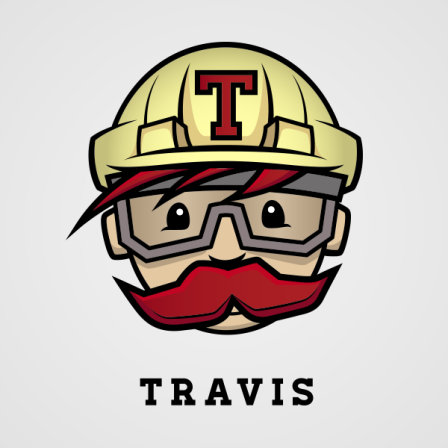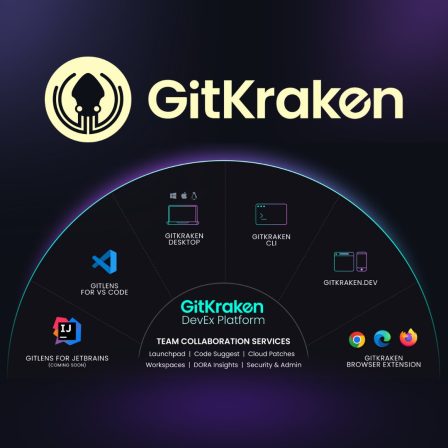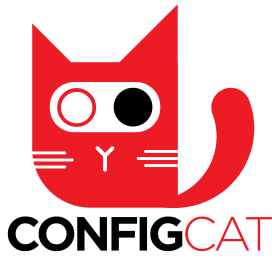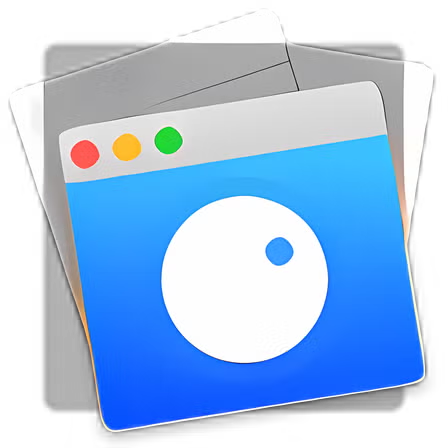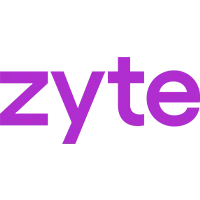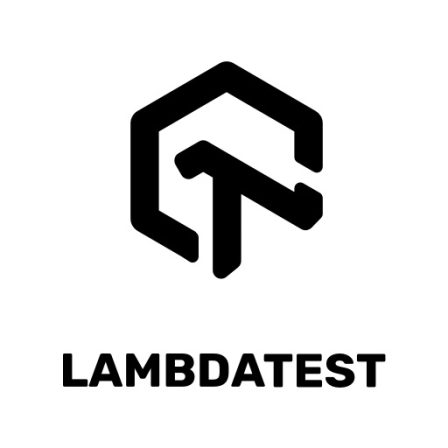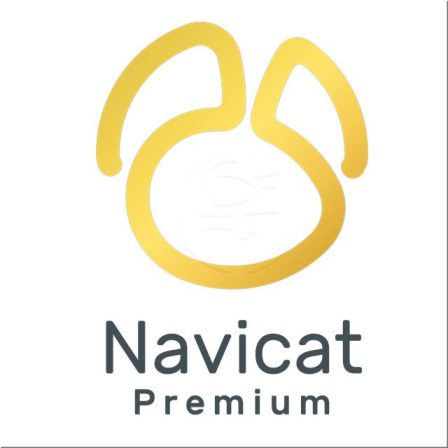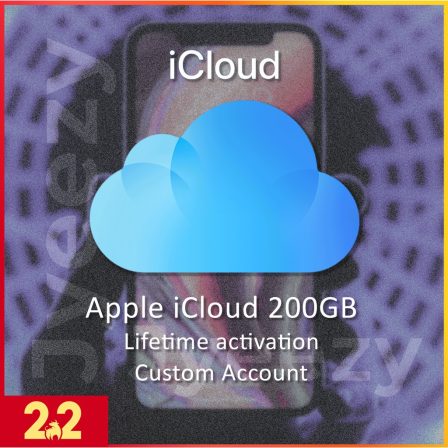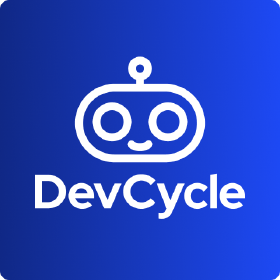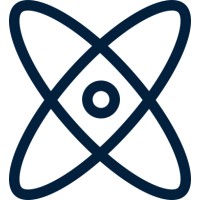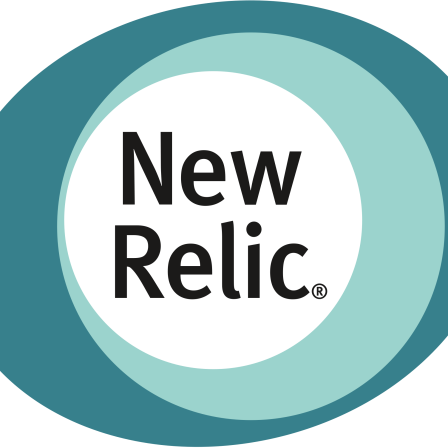There is no item in your cart
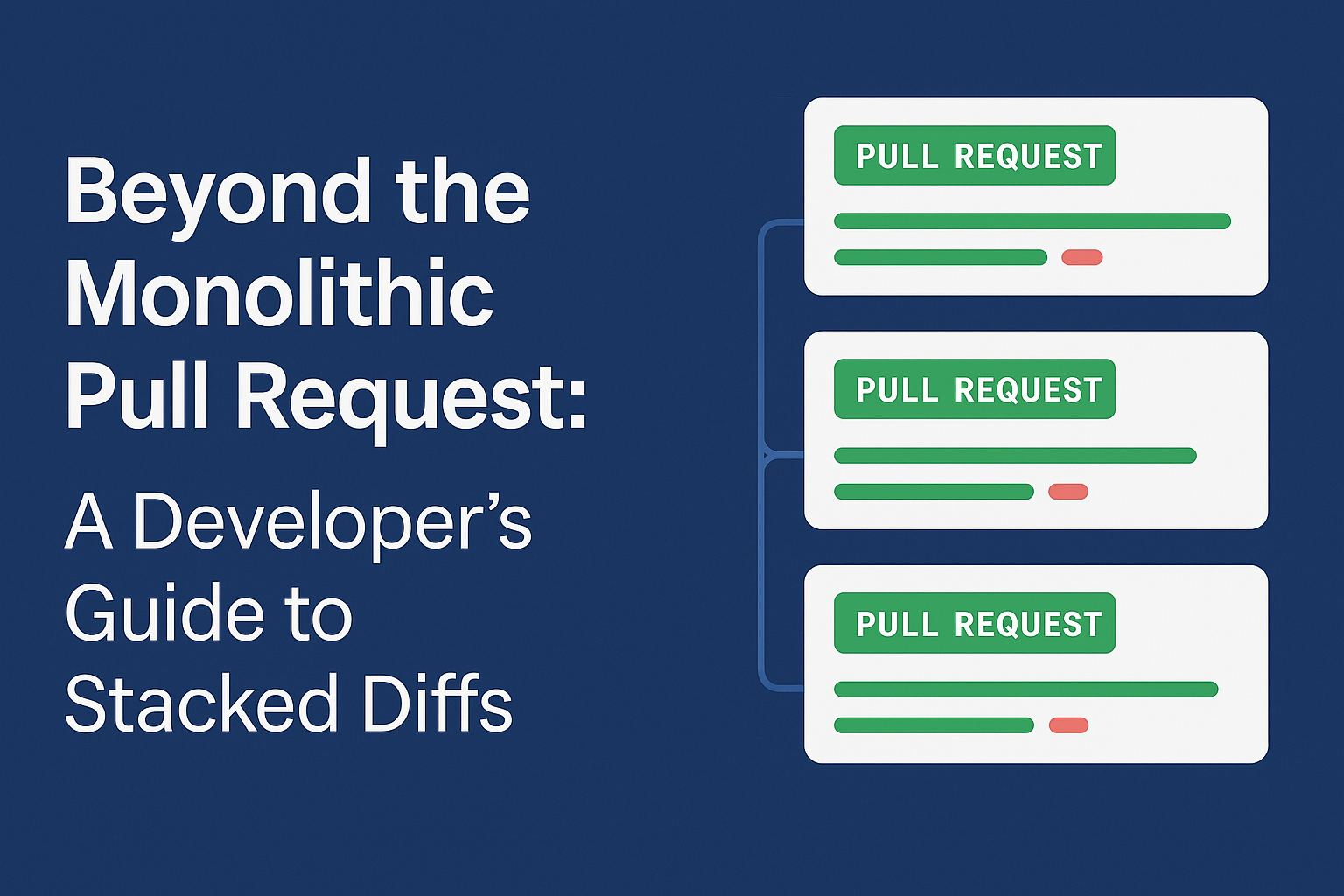
Beyond the Monolithic Pull Request: A Developer’s Guide to Stacked Diffs
You’ve just opened a pull request for a new feature. It’s a big one: 50 file changes and 2000 new lines of code. It sits there for days, slowly growing stale as your teammates, daunted by its size, put off reviewing it. By the time you get feedback, your branch is a mess of merge conflicts. This is “Pull Request Hell,” and there is a better way.
Enter Stacked Diffs (or Stacked PRs), a workflow popularized by high-velocity tech companies like Meta and Google, and now becoming more accessible to all developers through modern tooling. It’s a practice designed to break down large features into a series of small, dependent, and easily-reviewable pull requests, unblocking your team and dramatically speeding up the code review cycle.
The Problem with Giant Pull Requests
The traditional, monolithic PR workflow is fundamentally broken for large features:
- Slow Reviews: No one wants to review a 2000-line PR. It’s cognitively overwhelming, leading to superficial reviews or long delays.
- Blocked Work: You can’t start work on a dependent task until the entire massive PR is reviewed and merged, even if the foundational code is ready.
- Painful Merges: Long-living feature branches are a nightmare to keep up-to-date with the main branch, leading to complex merge conflicts.
The Stacked Diffs Workflow Explained
Instead of creating one large feature branch, you create a “stack” of small, atomic branches, where each branch builds upon the previous one.
main → feature-A (e.g., refactor a module) → feature-B (e.g., build a new service using the refactored module) → feature-C (e.g., add the UI for the new service)
You then open a separate, small pull request for each branch in the stack.
- Parallelized Review: Your teammates can start reviewing and approving PR
Awhile you are still coding featureC. - Unblocked Development: Once PR
Ais approved, you can merge it, quickly rebase the rest of your stack (BandC) on top of the updatedmain, and continue the process. - Faster, Higher-Quality Feedback: Each PR is small, focused, and easy to reason about, leading to much better and faster feedback from your reviewers.
The Modern Tooling for Stacked Diffs
While this workflow can be managed with complex Git commands, a new generation of tools makes it simple:
- Specialized CLIs: Open-source tools from major tech companies, like Sapling (from Meta) or Graphite, are built specifically to automate the creation, management, and rebasing of stacks.
- Powerful Git GUIs: Managing stacks of branches is a perfect use case for a visual client. A tool like [GitKraken] or [Tower] provides a clear, interactive graph that makes it incredibly easy to see your stack, rebase branches with drag-and-drop, and manage your pull requests.
Conclusion
Stacked Diffs are a powerful workflow shift that optimizes for the most valuable resources in software development: developer time and reviewer attention. By breaking down large changes into small, manageable units, you enable continuous, parallelized review, reduce merge conflicts, and ultimately help your team ship high-quality code faster.
Adopting modern workflows like stacked diffs requires modern tools. A powerful Git client like [GitKraken] can make managing complex branch stacks trivial. Ensuring each small PR passes all quality checks with tools like [Codecov] and a robust CI pipeline from [Travis CI] is essential. At SMONE, we provide the professional toolkit that enables high-velocity, high-quality development. Explore our collection and unblock your team’s potential.
